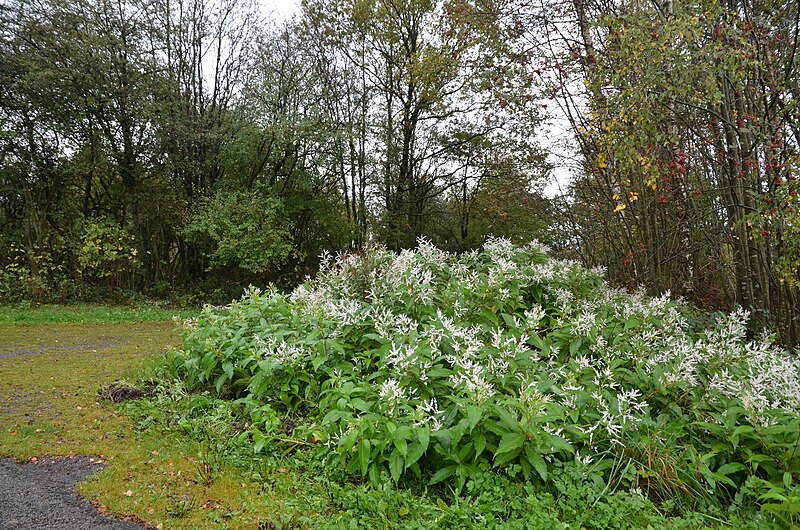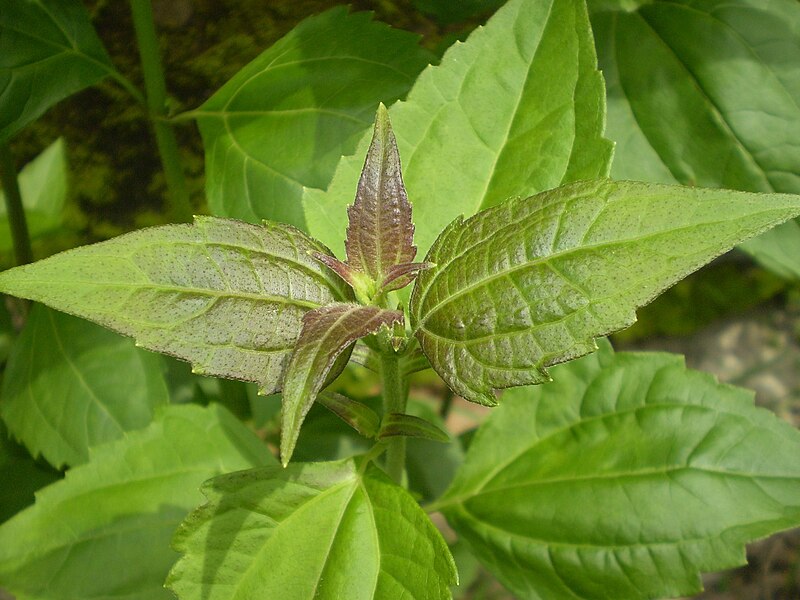Silent Invaders: Invasive Alien Plant Species Threaten the World and Nepal\'s Biodiversity

(TWN) - A Growing Threat to Nepal's Forests and Agriculture: Invasive Alien Plant Species
In the heart of Nepal's lush forests, an invisible enemy is wreaking havoc, silently but steadily destroying the delicate balance of our ecosystems. These invasive alien plant species, locally known as "banmaras," have become an ominous threat to the world's biodiversity, including the scenic landscapes of Nepal. With 219 known invasive plant species in the country, 26 of which are negatively impacting the environment, four of them have earned a place among the world's 100 most dangerous species. Nepal finds itself ranking third in the list of countries facing biological invasion threats to the agricultural sector, according to a recent study encompassing 124 nations.

Initially confined to the lower regions of the Terai, these banmaras have expanded their relentless conquest across Nepal's diverse terrain. Among the most alarming consequences of their unchecked growth is the encroachment on vital habitats of endangered species. In the 2021 Rhino census, it was discovered that 35% of the rhino habitat had been overrun by Mikania Micrantha, also known as "lahare banmara" in Nepali. This species can grow up to a staggering 7 cm in a single day, ensnaring neighboring plants and slowly suffocating them, making them unavailable as food sources for wildlife. Consequently, rhinoceroses are being forced out of their natural habitats in search of sustenance, posing a growing risk to human lives in the process. Mikania Micrantha has already engulfed 20% of Chitwan National Park's area, ringing alarm bells for the future of this iconic wildlife sanctuary.

The history of banmaras in Nepal dates back to 1958 when the first invasive alien plant species, Ageratina Adenophora, was reported. This Mexican species, which is now one of the world's most common invasive plants, found its way to Nepal via India. Its lightweight seeds are easily dispersed by wind, water, and various natural mediums, enabling it to travel great distances. The invasive species was initially introduced to Singapore by ship in the late 19th century and later made its way across the Indian subcontinent, carried by insects and humans.
The effectiveness of these invaders lies in their prolific seed production, with some species capable of generating up to 100,000 seeds per growing season. Their lightweight seeds can be carried by air, water, and other natural means over long distances, leading to their rapid spread. Furthermore, their ability to outgrow native vegetation leaves little room for competition, ultimately leading to the suffocation and death of indigenous plants.

The consequences of these invasive alien plant species extend beyond the natural world and into the realm of agriculture. They have inflicted significant damage on agricultural lands, exacerbating the already precarious situation of the agriculture sector in Nepal. To put things in perspective, the United States spends up to 5 billion dollars annually to combat and control invasive plants, highlighting the enormity of the problem. Additionally, these invasive species increase the risk of forest fires, endangering vast forested areas and the lives of countless organisms that call these forests home. Some invasive plants even pose direct threats to the health of animals and humans when consumed, leading to cases of domestic animal fatalities, particularly among cattle and livestock.
However, it's important to note that not all invasive plants are harmful. Some have medicinal and practical uses in our daily lives. For instance, Argemone mexicana, a species often considered invasive, can be employed to treat fever and minor wounds. Furthermore, certain invasive species can be harnessed to control mosquito populations, offering potential benefits to public health.

As Nepal faces the relentless encroachment of these invasive alien plant species, it becomes crucial to enact comprehensive measures to combat their spread. This includes increased monitoring, early detection, and eradication efforts to protect our unique ecosystems, safeguard endangered species, and preserve the agricultural sector. Collaboration between government agencies, conservation organizations, and local communities is essential in this battle to save our forests and secure a sustainable future for Nepal's natural heritage.
YOU MAY ALSO LIKE THIS
Top Free AI Websites in 2025 and Their Key Features
Artificial Intelligence continues to revolutionize how we work, create, and communicate, and 2025 offers an impressive array of fr..
30 Day Ago
2025 Global Entertainment Industry Sees Rising Streaming Subscriptions..
The global entertainment industry in 2025 continues to evolve rapidly with streaming platforms leading the way in reaching new aud..
1 Month Ago
Global Carbon Emissions Hit Record High in 2025 Despite Climate Effort..
In 2025, global carbon dioxide emissions from fossil fuels reached a record high, increasing by 1.1% compared to the previous year..
1 Month Ago

_1763308546.png)
 (1)_1763140461.png)
_1763140142.png)

